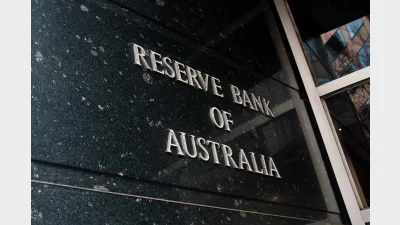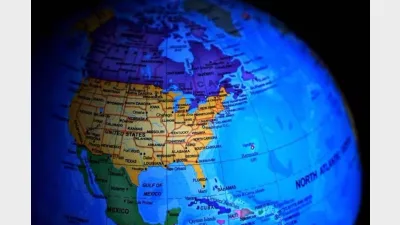Thousands lost since SG freeze



Workers have lost thousands of dollars in income as a result of the superannuation guarantee (SG) rate being frozen, as well as no increase in real wage growth, according to a new report from Per Capita.
The report titled “The Super Freeze: What You’ve Lost” had looked at what happened to wages and superannuation since the SG freeze in 2014 under the Coalition government, by then Prime Minister Tony Abbott.
The analysis showed wages rose from $1,000 to $1,066 per week ($52,000 to $55,432 a year), and a worker on the full-time median wage has lost $4,332.99 in superannuation.
Adjusting for inflation, in 2014 the real median wage was $56,524 in today’s dollars, meaning a loss of $900.99 based on nominal wage growth.
Emma Dawson, Per Capita’s executive director and lead author of the report, said by any objective measure workers had suffered a significant loss in net income since the SG freeze.
“Instead of going into the pockets of workers, as the government promised it would, those lost super savings have been pocketed by employers,” Dawson said.
Recommended for you
The central bank has announced the official cash rate decision for its November monetary policy meeting.
Australia’s maturing superannuation system delivers higher balances, fewer duplicate accounts and growing female asset share, but gaps and adequacy challenges remain.
Global volatility and offshore exposure have driven super funds to build US-dollar liquidity buffers, a new BNY paper has found.
Less than two in five Australians are confident they will have sufficient assets to retire and almost three-quarters admit they need to pay greater attention to their balance, according to ART research.









